The National Archaeological Museum is all of Greece at once.
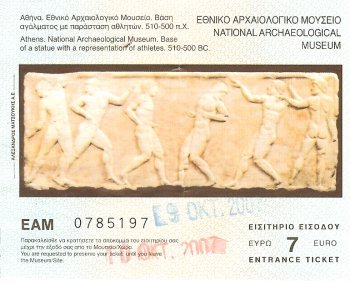
This is one major museum with far more than either the brain or the eye can take in.
http://odysseus.culture.gr/h/1/eh151.jsp?obj_id=3249
Good to see some many school kids and deafening, too. There were also groups with tour guides.
The high point of its vast collection is the death mask of Agamemnon. It greets visitors upon entering Room One.

The Museum has many treasures.
This museum also had a nice courtyard coffee shop where we rested out step-counted feet, and shared a table with other weary sight seers. This museum’s shop featured serious scholarly tomes. Kate made a few buys. But the shop did not match the museum’s grandeur in any respect.
Associated with this crowded house of knowledge, around the corner is the Epigraphical Museum.
http://odysseus.culture.gr/h/1/eh151.jsp?obj_id=3348
It is so understated we were not sure we had the right door when we went in and forced our Euros on the several young women at the front desk.
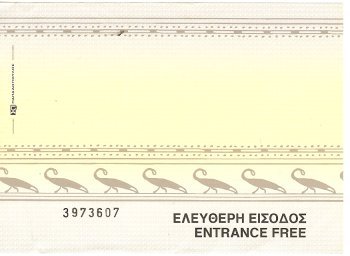
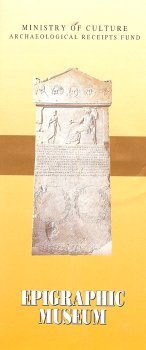
Kate found what I came to see: Themistocles’s decree to evacuate the city prior to Persian attack in 480 B.C. in stone
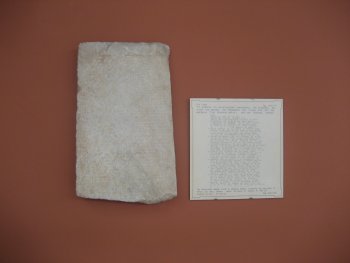
This is the same Themistocles who once graced the drachma before the Euro took over. This the same Themistocles who built that wall, which is just about everywhere.
Like this instance at the crosswalk near the Hotel Grand Bretagne in Syntagma Square.
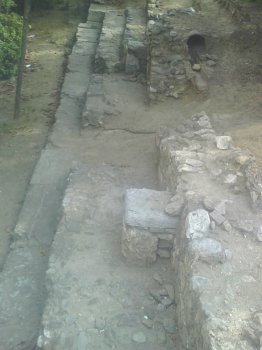
Here it is in the Kerameikos
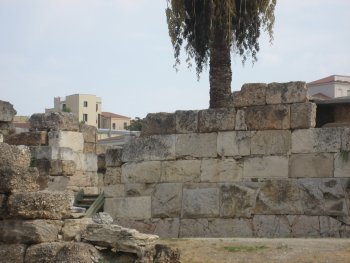
Of this instance in the basement of the Benaki Museum Annex in the Plaka.
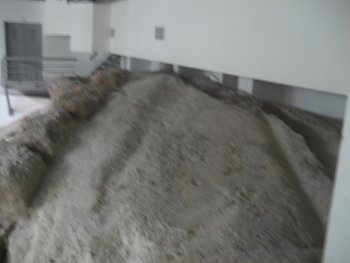
We also came across the wall at the Temple of Olympian Zeus and in the Syntagma Square Metro Station and elsewhere. Yet I did not see a single reference anywhere to or remnant of the walls Pericles built to Piraeus. That was partly why I wanted to go to the Piraeus Archaeological Museum (Closed). Nor did our orbit around the harbor reveal anything, as my previous research did not.
This museum is a library in stone. It has stone tablets and stele in early Greek. Most of the rooms we walked through were work rooms with stones piled against the wall or on wooden shelves, apparently awaiting evaluation. The pervading scent was of the dust on the stones.
We were the only visitors there. Once again we had some of ancient Greece to ourselves.
Across the street is the National Technical University where a student strike contributed to the downfall of the Colonels in 1973. Yes, it was the working class students doing applied chemistry who protested, not the born to rule set at the University of Athens majoring in Marxist dialectics. Its front gate now features a statue of a student demonstrator who has been bludgeoned to the ground on the spot where the tanks of the colonels smashed in the campus. I did not have the wit to snap it and I cannot find it on Google just now. The side street is populated with what seemed to be homeless people and had a distinctive scent, too. Since the restoration of democracy the University is a police-free zone, and one consequence of that sanctuary seems to be the village of homeless.
See http://en.wikipedia.org/wiki/Athens_Polytechnic_uprising
Not a word about this presents itself on the official web site in English of the National Technical University of Athens.
http://www.ntua.gr/en_index.htm
Not remembering the past, how does that one go? Greece is busy forgetting its undemocratic past so as to remind Turkey of its own undemocratic past.
